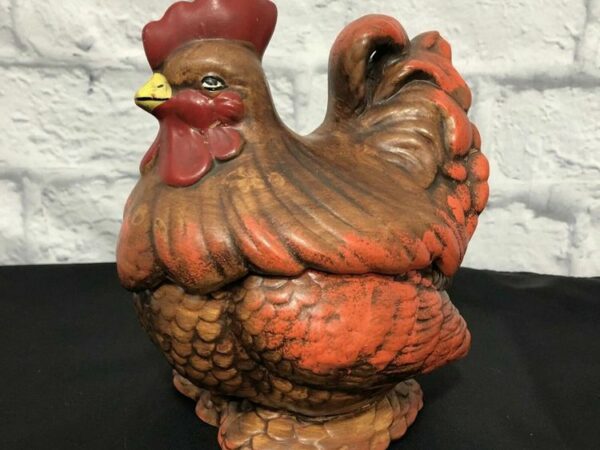Of all the valuable historic trinkets and paraphernalia that can be seen in antique shops and online stores for collectibles, one would least expect a rust-covered piece of farm equipment to be a valuable collector’s item. Perhaps their undeniable role in revolutionizing the dairy industry grants antique cream separators this surprising significance.
Their invention alone was estimated to have accumulated as much as $35 million worldwide in savings in the dairy industry. The cream was a precious product during the 1800s due to its role in butter production. Because it helped generate extra income for farmers, it naturally follows that being able to produce cream more easily was a significant turning point in farming history.
Now a treasured collectible, at one point in the past, cream separators used to be as common in kitchens as microwaves or toasters today; a true staple of a device. What’s interesting about antique cream separators, though, is that they not only attract collectors but also appeal to working farmers who want to own a tangible piece of agricultural history.
Table of Contents
Antique Cream Separators – A Brief History:
As the name suggests, cream separators are devices invented to make separating cream from milk more convenient and efficient after milking. Most antique cream separators use centrifugal force to fling each component apart, to be collected into separated containers through their own designated spouts.
Before the inception of cream separators, obtaining cream was a time-consuming and risky process that did not necessarily promise a return. Cream used to be manually skimmed off of milk that would be allowed to sit. The milk would sour or be contaminated, resulting in a greater risk of losing resources with nothing to show. This practice of using the phenomena of sedimentation by gravity goes back to the time of the Romans.
The first cream separators were relatively simple and more or less followed the exact mechanism; they consisted of a container with an opening and a nozzle through which the milk could be drained out after it had been allowed to sit for an adequate amount of time. One could monitor the milk through the opening provided. When enough fat particles had risen to the top to form a layer of cream, the nozzle would be opened, and the milk would pour out of the container, leaving the cream behind.
Then came the centrifugal separator, popularized in the late 1800s by Gustaf de Laval. This Swedish inventor significantly reduced the risk of milk spoilage and gave much quicker results.
What inspired De Laval’s valuable invention was a German article in a trade journal published in 1877 describing the use of a rotating drum to separate cream from milk, which would then be skimmed off manually as usual. Two years later, De Laval came up with his first design that utilized a rotating drum and didn’t require manual skimming. This early model was demonstrated for interested observers and was soon manufactured on a large scale.
De Laval’s company didn’t stop here; they worked continuously on new and innovative models. By the 1890s, the first continuous centrifugal cream separator was created using Alpha disc stack technology. Whole milk would be fed non-stop into the centrifugal cream separator, and the by-products flow out of their own designated nozzles.
Continuous flow offered many advantages to farmers. Unlike cream separation systems based on the action of gravity, De Laval’s improved cream separators left behind a significantly low percentage of cream in the skimmed milk. This meant that the separation was more efficient.
Not only were farmers able to obtain relatively more cream from the same amount of whole raw milk, but these models also made the process of cream production more hygienic. The centrifugal force generated a filtering effect resulting in the removal of most of the foreign matter in the cream. Eventually, the applications for this piece of technology expanded, and in later decades it was able to remove higher density microorganisms from milk, such as spores and bacteria.
Cream separation and production profits grew significantly due to the speed and convenience of continuous flow centrifugal cream separators. Shortly after, Sweden began exporting its famed product to many places, including the United States of America, and De Laval cream separators became a common sight on farms across Europe and the US.
Cream separators could’ve maintained their position as a vital kitchen device for many more ages to come if it wasn’t for the birth of refrigeration in the 1940s.
Ultimately, this decline in the use of cream separators led them to become such valuable collectibles today. Throughout the years, many cream separators have been used on dairy farms, including manually operated, steam-powered, and even electricity-powered models.
Antique Cream Separator Identification:
Now that we’ve gained a substantial understanding of how this particular piece of equipment works, let’s get down to the most obvious question: How valuable are antique cream separators, and how can we identify them?
Functionality
Contrary to popular belief, antique domestic kitchen equipment can be expensive. Following the prevalence of refrigeration, most cream separators were either dismantled or disposed of altogether, so finding a fully functional antique cream separator today is not easy.
But don’t fret, that can be good news!
The harder it is to find something, the greater its value becomes, so if you have an operational antique cream separator, know that you have a collectible of significant worth on your hands. These valuable collectibles can typically be priced from $100 to $350.
Parts
Suppose you are aware of what this piece of machinery is composed of. In that case, you can ensure that all its parts are fully functional and nothing is missing before you invest heavily in it. This knowledge can also save you from being conned by sellers who may sneakily insist that everything is to negotiate a better price from buyers.
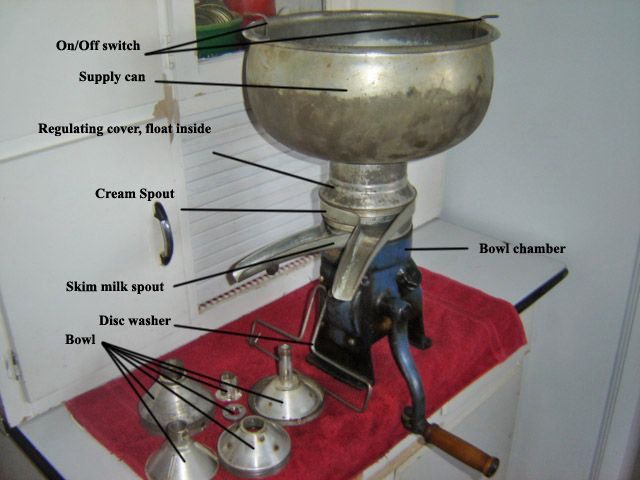
If your antique cream separator has lost a few limbs and has surrendered to the stringent test of time, don’t throw it away just yet! It is most likely that the apparatus is still quite valuable. Typically, it may be true that the whole is greater than the sum of its parts. Still, in the case of antique cream separators, even the individual components can be worth a considerable amount.
Antique cream separator parts are sold and collected on their own as well. For instance, a seller listed only the centrifugal drum of an antique cream separator for about $50 on eBay.
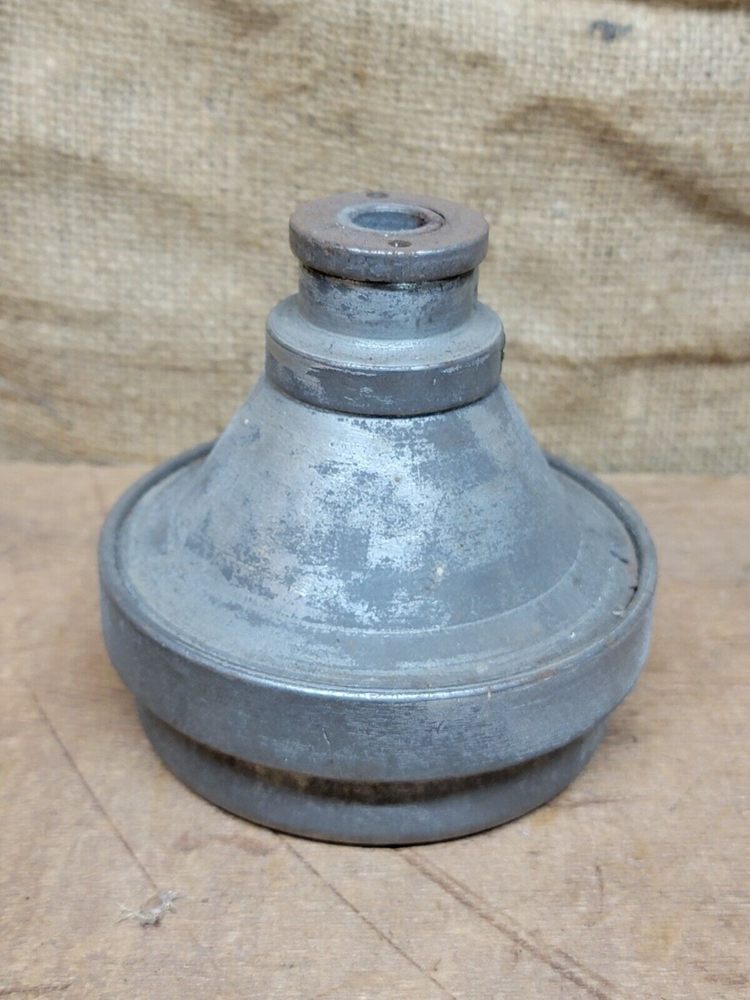
Size
It’s safe to say that, in this case, the larger the device, the greater it’s price. Much like any other kitchen equipment, antique cream separators were made for both industrial and home use, making them available in both large and more portable models.
Tabletop Models
These are smaller models designed for home use or small-scale farming and can be operated and placed on a table or bench.
Industrial Models
Able to go through much larger quantities of milk as compared to the former, industrial models are more significant and made for use on dairy farms.
Advertising Memorabilia
Like kitchen appliances are marketed on TV today with flashing colors and catchy songs, antique cream separators were also widely advertised with pins, signs, calendars, lithograph trays, match holders, and more. Often, people fail to realize that these miscellaneous items related to cream separators are highly collectible too.
Since these items are of different types and scales, the price range for cream separator branding products can vary considerably. An advertising card can be priced at $10, while a 1900s De Laval cream separator promotional match holder can cost up to $200.


Depending on rarity and age, some advertising paraphernalia is so precious that it can be auctioned for $1200-$2500. For example, a De Laval Cream Separators Tin Lithograph Tray is bidding at $1250, estimated to reach $2500-$3500 on Live Auctioneers.
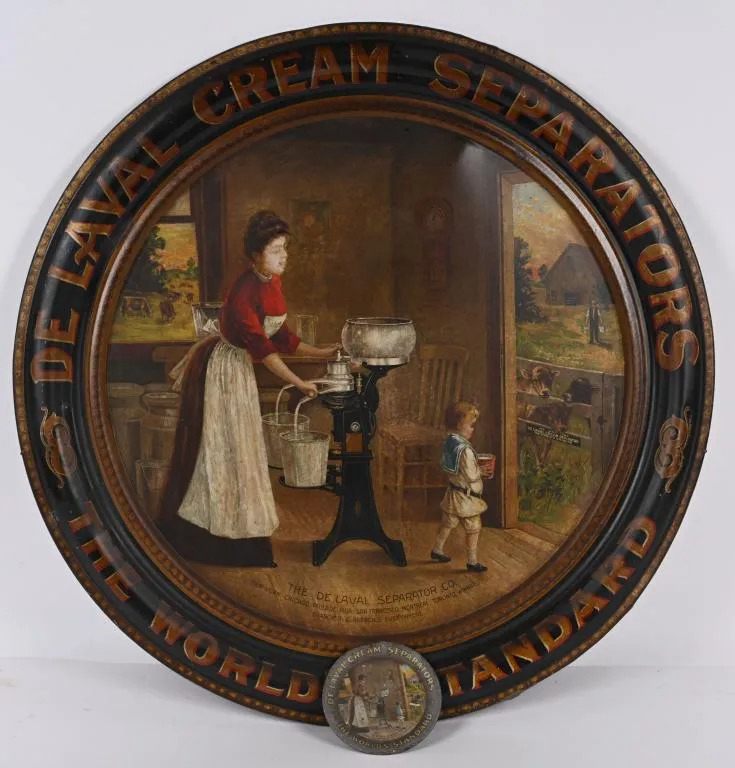
Antique Cream Separators Value Guide:
At this point, you’re probably convinced that antique cream separators are definitely a big deal in the collector world. From here, the next step is to understand how one may estimate the relative value of different antique cream separator models based on a few common characteristics.
The value of antique cream separator models can be determined by a range of characteristics, including:
Manufacturing Company
When over 2 million cream separators were being used daily in the 1900s, it can only follow that several companies began to manufacture their own variations of the invention. These mainly included:
- Sharples Separator Co.
- De Laval
- Sears, Roebuck & Co.
- Montgomery Ward
- Deere & Co.
Some manufacturing brands were more popular than others back then. Consequently, some are more desirable to collectors than others today too. The manufacturer’s choice also depends on the personal preference and interests of the buyer, either a collector or farmer.
Some of the most popular manufacturers today among collectors and farmers include Sears (ranging from $500-$570) and De Laval (ranging from $400-$600). According to the company’s advertising, at one point, about 98% of all creameries across the world were using De Laval separators.
Condition
Unsurprisingly, as with anything ever sold, condition matters. It goes without saying that the better the condition your antique cream separator is in, the more valuable it becomes. Although cream separators were a daily virtual device in the household, some sold today can still be found in good, fully functional condition.
If you want to sell yours, it is worth ensuring that your separator is in good working condition. Check if all the essential parts of your antique cream separator are present. If some part is missing, replacement parts can be bought separately and inserted into the separator machinery to repair it. Restoring your antique cream separator is worth the money and time because it will offer you great benefits later.
Many designers or homeowners use these antique collectibles as planters. This introduces soil corrosion and water rot, inevitably causing a decline in its value. For example, the antique Montgomery Ward cream separator pictured below is priced at less than it usually would have been sold for because it has been used as a planter. It is listed at $250 with a damaged bowl from planter matter.
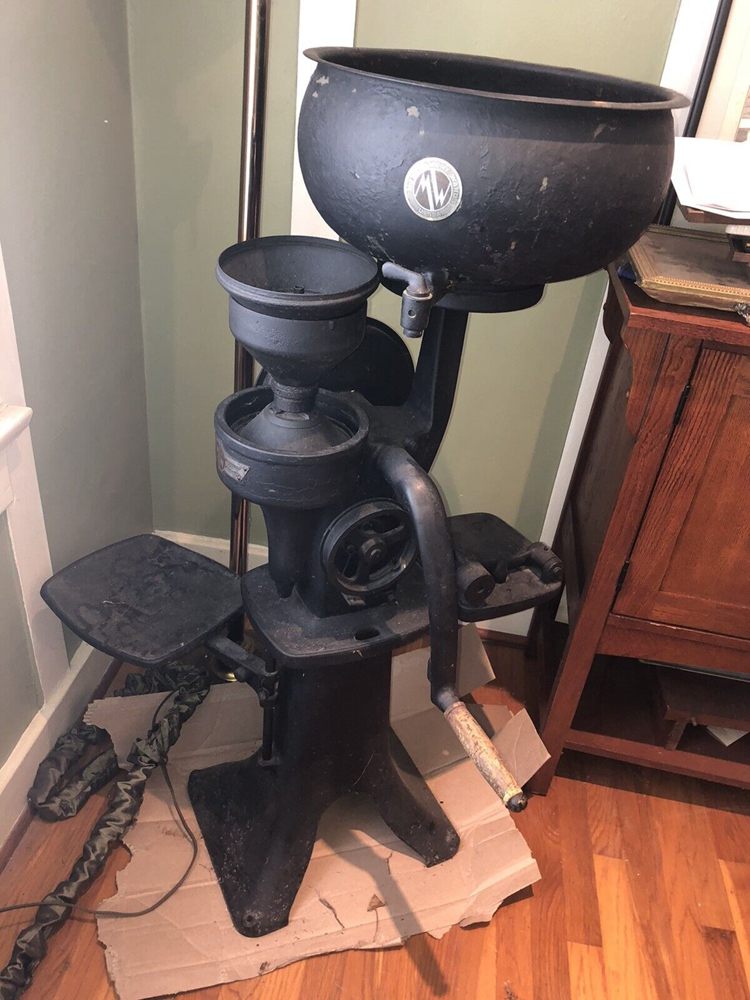
Size
Antique cream separators come in mainly two sizes; tabletop and industrial-sized separators. Tabletop cream separators were made for domestic use and small-scale dairy farming, while industrial cream separators, as the name makes abundantly clear, were designed for commercial purposes. Commercial cream separators can work through a more significant amount of milk per session.
Tabletop cream separators generally cost less than industrial ones. For instance, a Vintage Antique Sears Bradley 352 hand crank cream separator may cost $124.99. In contrast, a commercial De Laval cream separator can be worth $999.

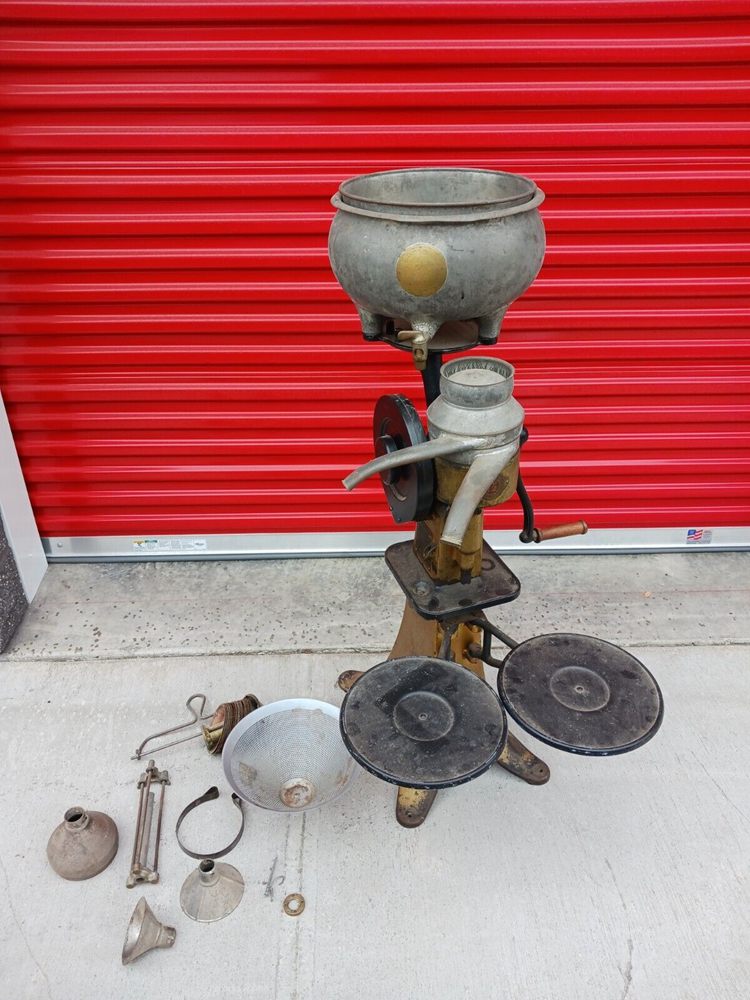
Evidently, bigger models mean higher costs, but this doesn’t necessarily put collectors at a disadvantage. This is because most buyers gravitate towards tabletop antique cream separator models over 4 feet tall kitchen apparatus that take up much room anyway.
Provenance
The design and condition of antique cream separators can speak volumes of their particular unique history. Naturally, farmers are proud of their local history, which can boost the worth of a specific model.
The vintage Marvel Gravity separator pictured below was manufactured by a company based in Indianapolis called Superior Sheet. It is one of the best antique cream separators that caters to 10 gallons. Still, its value among farmers of that locality also stems from its connection to Indianapolis.

The vintage Marvel Gravity cream separator is available for $134.99 on eBay.
Related Memorabilia
Apart from the equipment itself, the array of advertising products and memorabilia that antique cream separators came with are highly collectible in their own right. These include calendars, pins, match holders, signs, catalogs, etc. Even newspaper articles and leaflets promoting antique cream separators are valuable.

For example, the Vintage De Laval Cream Separator Oak Wood Box pictured above was sold for around $900-$1200 on Live Auctioneers.
Valuation and Buying Tips:
Your attic may be the first place to look for these remnants of pastoral times. Suppose you are lucky enough to find that you or your parents or grandparents already possess this valuable collectible and are looking to sell it. In that case, you can use the resources listed below to list your separator up for a reasonable price.
If you want to buy an antique cream separator, look for antique shops near your area. Chances are that at least one cream separator model is standing in a corner somewhere.
In today’s highly technologically advanced world, if you lean more towards online shopping, don’t worry! We’ve got you covered. There are multiple online resources where you can buy and sell various products related to antique cream separators. These include the following:
Ruby Lane:
This online resource deals in small to medium-sized auctions ranging from a couple to a few hundred dollars. All sorts of farming memorabilia can be found on Ruby Lane. The antique cream separator Sharples Separator Co. advertising the pin-back button in the image below is listed at $65 on Ruby Lane.
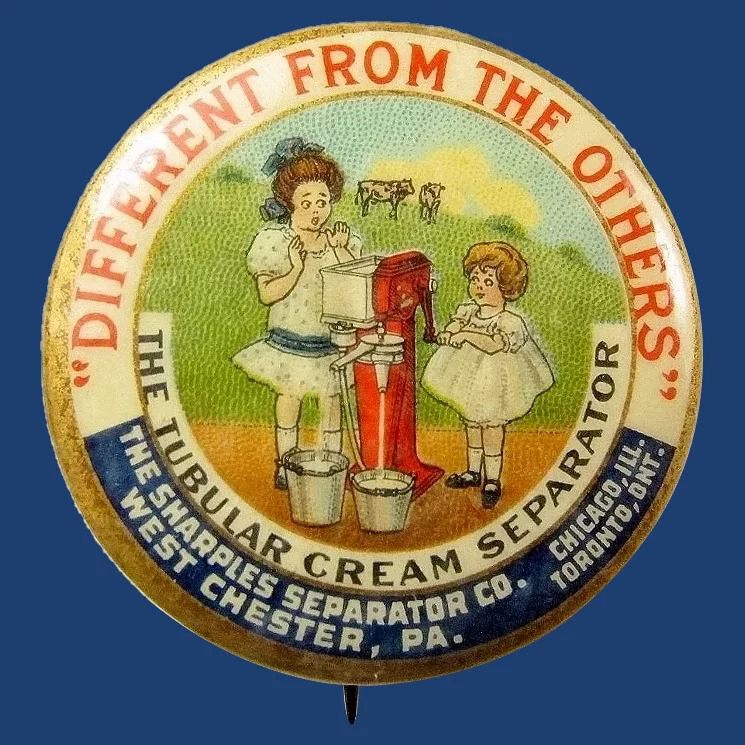
Olde Good Things:
What started as a flea market in NYC has now become a reputable online dealer in antiques, including cream separators. Olde Good Things also have stores; three in New York and one in Los Angeles. Suppose you are a professional designer, architect, builder, or dealer. In that case, you may even be able to get a trade discount.
eBay:
You may already be familiar with eBay, an American multinational e-commerce company. Apart from complete and fully functioning antique cream separators, you can also find separator parts for restoration and other dairy memorabilia on eBay.
Ritchie Bros. Auctioneers:
Though Ritchie Bros. is primarily a global asset management and disposition company that deals in equipment for various professional fields, including agriculture, it also holds online and on-site public auctions for antique collectibles. They have up to forty permanent locations and a few temporary ones for on-site auctions.
Etsy:
Etsy is a growing market for antique cream separators and their individual parts. Since it primarily attracts creative entrepreneurs, several restored antique cream separators repurposed into garden planters are also available on Etsy.
Live Auctioneers:
This online resource works like any auctioning event would, ⸺just online. Sellers can put up their collectible with a starting price, after which buyers can outbid one another for a fixed set of time which may be a few days to months, depending on the seller’s urgency. You can also find a wide range of related memorabilia on Live Auctioneers.
Global Garage Sale:
Unlike the typical business dealing in antiques, Global Garage Sale does not sell or buy antique collectibles themselves; instead, they provide a service; they sell your antique collectibles for you through their established presence on eBay, and you get the check. They have a store in Vermont as well.
Bargain John’s Antiques:
Bargain John’s Antiques has been buying and selling antiques since 1968, first out of a family home and now as an online store. This website places great emphasis on accurately and in-depth documenting the history of its listed collectibles. Consequently, you’ll be able to identify the maker’s marks and the local history of various cream separators.
Facebook Groups:
Facebook Marketplace and Groups also provide a comprehensive platform to search for your perfect piece. It’s as simple as creating an account, joining a group of interest and enthusiasts, coming in contact with a seller, and hurrah!
Local Antique Stores:
Suppose none of the above options are viable. You’d like to select your piece the old-fashioned way by examining it first. In that case, you should visit your local antique store and try looking out for rarities.
Reference Platforms:
If you want to learn more about antique cream separators, several informative online resources can help you. Some of these websites also offer chat boards or collector’s clubs, so like-minded people with a similar knack for farming antiques can share their interests and knowledge. Some collector clubs specialize in farming antiques, such as cream separators specifically.
Cream Separator Gallery:
Cream Separator Gallery is an extensive database of images, articles, and information on antique cream separators. This website can prove to be a helpful tool for identifying maker marks and standard features for specific manufacturers.
It includes a chat board and a “for sale” area where sellers can list their collectibles for auction. Cream Separator Gallery is all your antique cream separator collector needs to be condensed into one resource; even manuals for some cream separator models can be found here.
Doug and Linda’s Dairy Antique Site:
Doug and Linda’s Dairy Antique Site is another such online resource. Unlike the former, it is not limited to antique cream separators. Still, it contains information and images regarding a wide range of farming antiques of different types.
If you are interested in finding out more and joining the community, they can be reached at [email protected] or 818-944-3977.
Farm Collector:
Assuming the above resources have still not quenched your thirst, we have another option for you. Farm Collector is a monthly magazine dedicated to preserving vintage farm equipment, including antique cream separators. Their website also contains a wealth of information about antique farming equipment.
Each one of their issues features articles on collectors and collections, early farm practices, special editions on extensive renovation projects, etc. Monthly issues come with a comprehensive listing of auctions and shows and a nationwide marketplace in an extensive classified advertising section. Additionally, Farm Collector frequently holds giveaways that can be entered through their website.
You can subscribe to their monthly print or digital issues here: https://sub.farmcollector.com/ at $29.95-$34.95 for 12 points, depending on your payment procedure.
Conclusion
With the growing popularity of the farmhouse aesthetic as a trend, it’s safe to say that farming antiques are still more relevant today than most of us believe. Antique cream separators hold fundamental value, whether utilized as planters or in modern homes as rustic ornaments.
Hopefully, with the dense collection of information and resources this identification and value guide gives you, you will also feel equipped to begin collecting antique cream separators!
Good luck, fellow collectors!
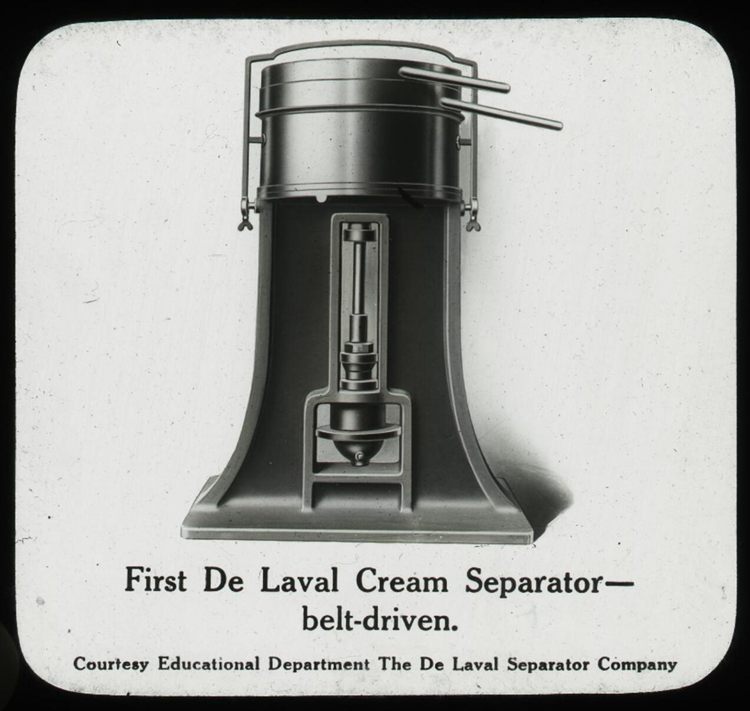
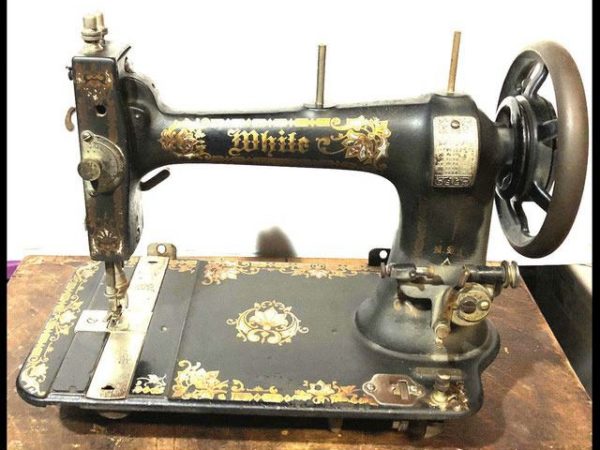

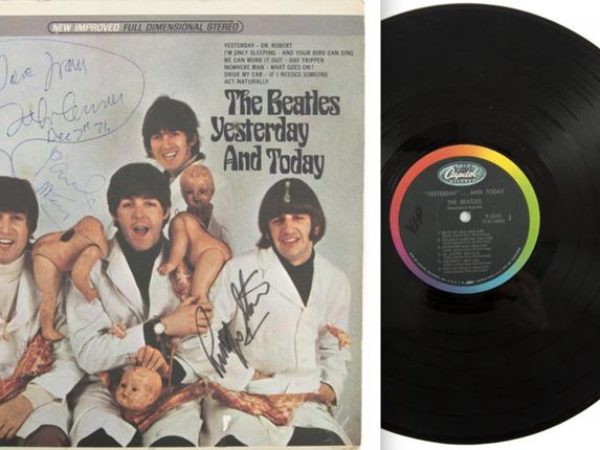

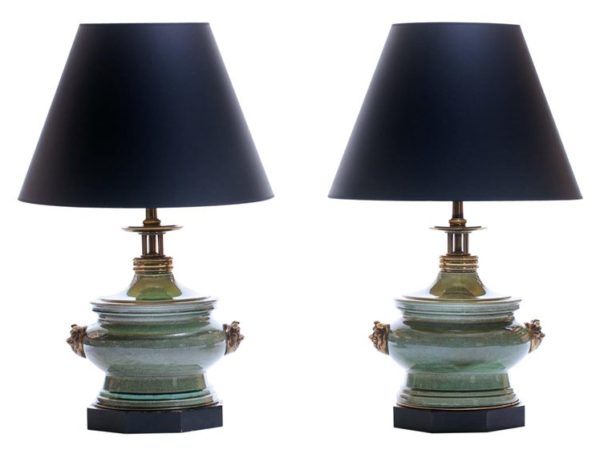
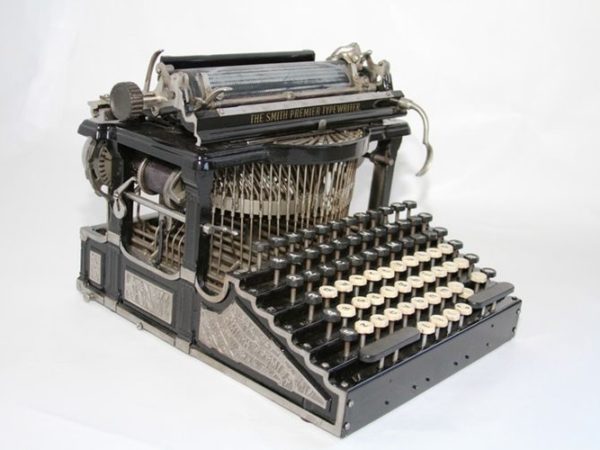
![Vintage Schwinn Bikes: [Types, Identification, and Values]](https://www.txantiquemall.com/wp-content/uploads/2022/05/5.-Schwinn-1967-Ramshorn-Fastback-Stingray-Sky-Blue-vtg-600x450.jpg)
